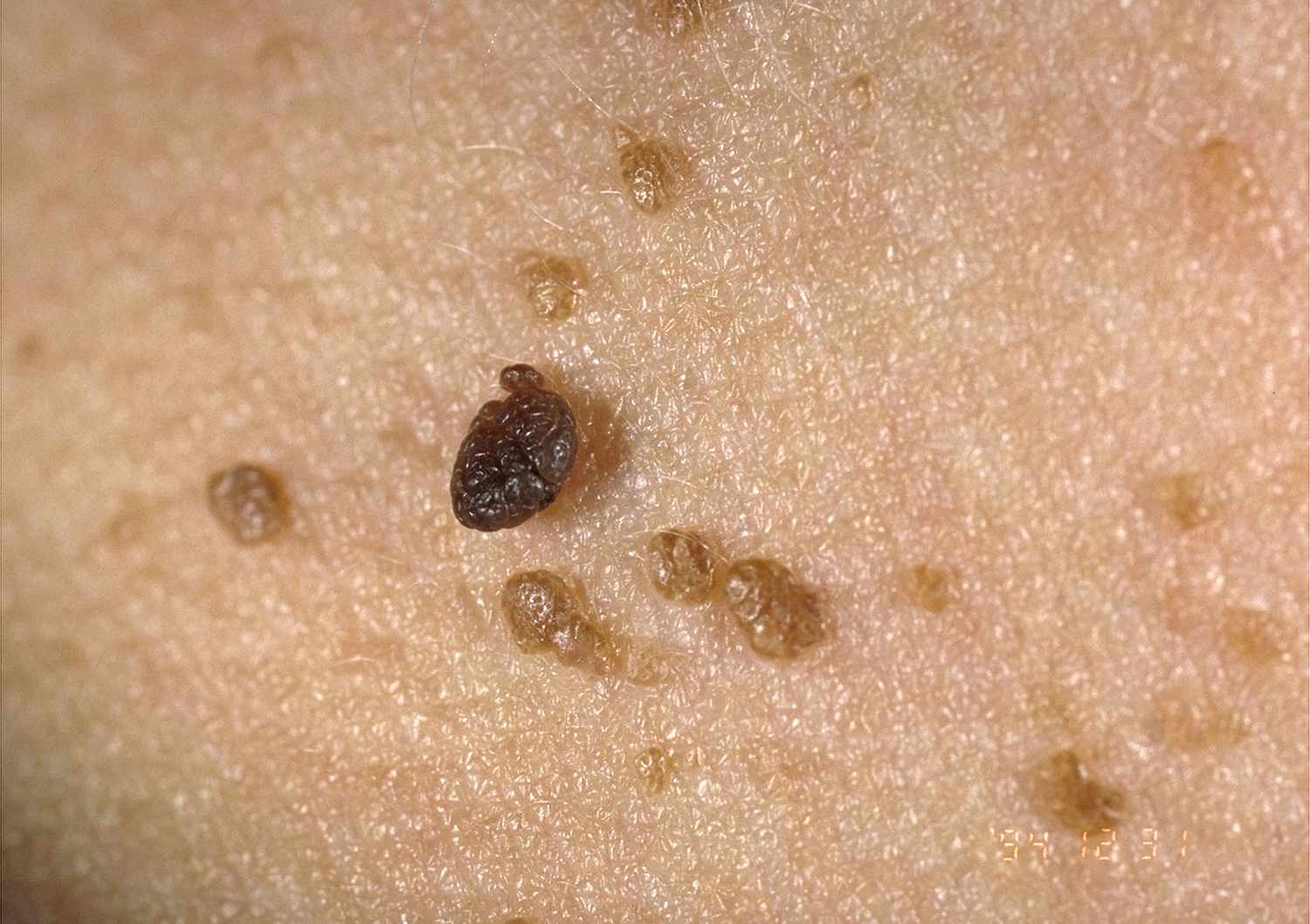Skin tags are small, benign growths that appear on the skin, typically in areas where the skin folds, such as the inner thighs. They are made up of skin cells, blood vessels, and collagen. While skin tags are harmless and generally don't cause pain, they can become irritating if they rub against clothing or skin. Medical removal options offer an effective and safe solution for those looking to eliminate them for cosmetic or comfort reasons.
Cryotherapy: Freezing Away Skin Tags
One of the most common medical methods for remove skin tags on inner thigh (كيفية إزالة علامات الجلد على الفخذ الداخلي) is cryotherapy, which involves freezing the tag with liquid nitrogen. The extreme cold destroys the tissue, causing the skin tag to fall off within a few days or weeks. This technique is typically quick and requires no incision. Cryotherapy is often preferred for its non-invasive nature, leaving minimal scarring behind, though some individuals may experience slight redness or swelling in the treated area.

Excision: Cutting Off the Skin Tag
Excision is a straightforward surgical method in which a healthcare professional uses a sterile scalpel to cut off the skin tag. This procedure is typically quick and done with local anesthesia to numb the area, minimizing discomfort. Excision is effective for larger or more stubborn skin tags that may not respond well to other treatments. Post-procedure care involves keeping the area clean to prevent infection and allowing it to heal properly.
Ligation: Tying Off the Skin Tag
Ligation is another method used for removing skin tags, particularly for those located in areas where cutting may be more complicated. In this technique, a small band or string is tied around the base of the skin tag, cutting off its blood supply. Without blood flow, the skin tag will eventually shrivel up and fall off. This method is relatively simple and does not involve incisions, making it a low-risk procedure.
Electrodesiccation: Burning the Skin Tag
Electrodesiccation is a technique that uses high-frequency electrical currents to dry out and burn off the skin tag. The electrical current is applied directly to the skin tag, which effectively removes it. This method works well for both small and larger skin tags and can be performed with minimal discomfort. After the procedure, the treated area may appear slightly red or scabbed but generally heals within a few days.
Laser Removal: Precision Treatment for Skin Tags
Laser removal is a modern and precise treatment option for skin tags. A focused beam of light is used to vaporize the skin tag without affecting the surrounding tissue. Laser removal is particularly effective for smaller skin tags and those located in more sensitive areas, such as the inner thighs. The precision of the laser minimizes the risk of scarring, and recovery time is typically brief.
Topical Treatments: Alternative Solutions
In some cases, medical professionals may recommend topical treatments for smaller skin tags. These may include creams or solutions that help break down the skin tag tissue over time. While not as immediate or effective as other removal methods, topical treatments are non-invasive and can be a good option for individuals with small or less bothersome skin tags. These treatments typically require consistent application for several weeks to achieve noticeable results.
Post-Removal Care and Healing:
After the removal of skin tags, proper aftercare is essential to ensure the area heals well and to minimize the risk of complications. The treated area should be kept clean and dry, and it is important to follow any specific instructions provided by the medical professional. In some cases, the skin may be sensitive for a short time, and gentle moisturizers or topical antibiotics may be recommended to support healing. Avoiding tight clothing or friction on the treated area can also help prevent irritation and ensure a smooth recovery process.
Conclusion:
There are various medical options available for the removal of skin tags on the inner thigh. Each method has its advantages and is tailored to different needs and skin types. Consulting with a healthcare professional is key to determining the best option for your specific condition.

